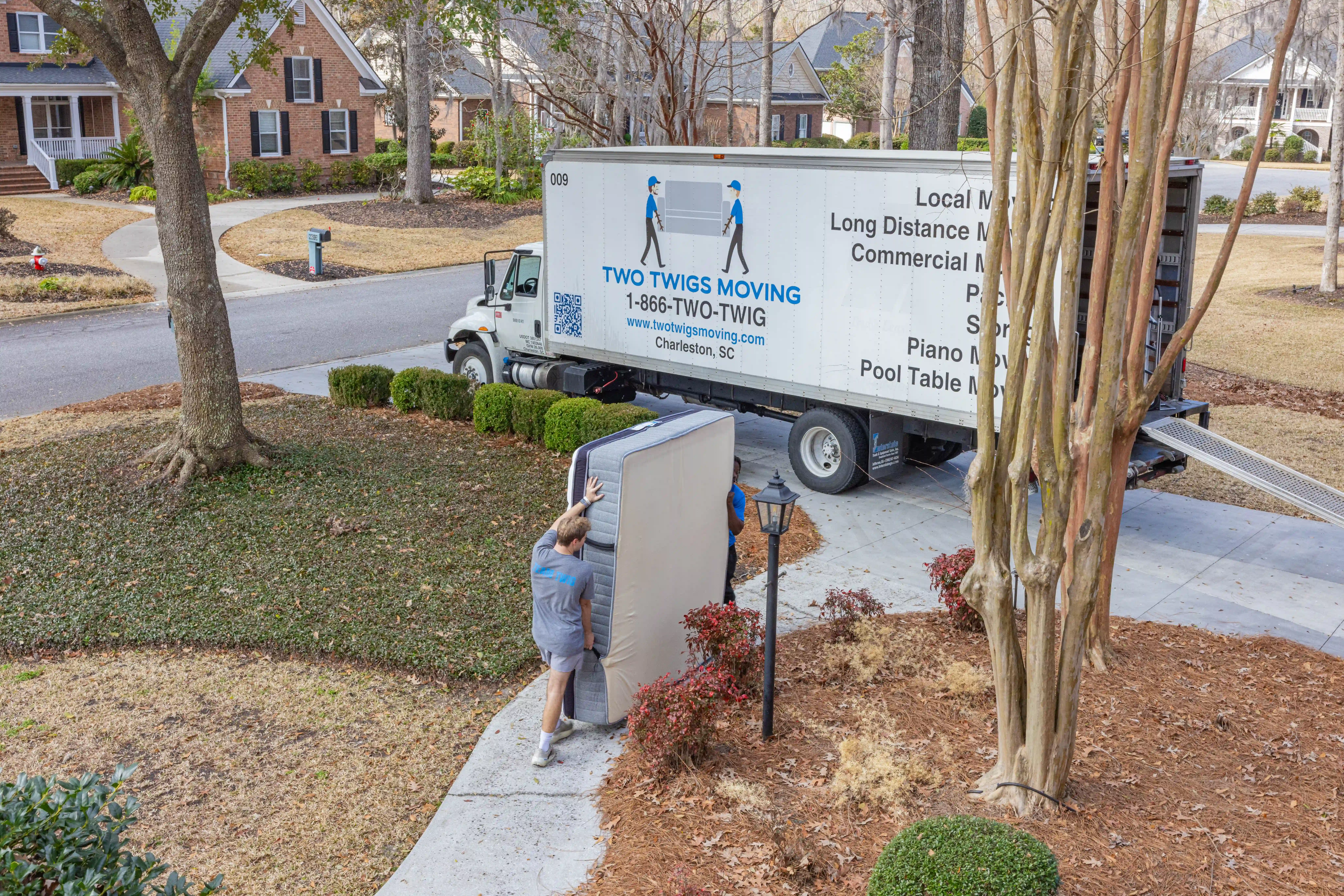Moving is challenging under the best conditions, but when bad weather strikes, it can make the process even more stressful. Whether it’s rain, snow, or extreme heat, weather conditions can add complications to an already busy day. However, with proper preparation and a flexible approach, you can manage a move during bad weather safely and efficiently. Here are some tips to help you handle a move when the weather isn’t cooperating.
1. Monitor the Weather Forecast
One of the most important steps in preparing for a move during bad weather is staying informed. Check the weather forecast regularly in the days leading up to your move, and stay updated on any sudden changes. Knowing the forecast allows you to plan ahead and take precautions based on the expected conditions.
If extreme weather is predicted, contact your moving company in advance to discuss possible delays or adjustments. Some movers may offer flexibility in rescheduling due to severe weather conditions, so it’s best to have an open line of communication.
2. Prepare for Rainy Days
If rain is expected on your moving day, it’s essential to protect your belongings from moisture damage. Here are a few tips for moving in the rain:
- Use plastic bins: For fragile or moisture-sensitive items, pack them in plastic bins instead of cardboard boxes. Plastic bins provide better protection against water than traditional boxes.
- Wrap furniture and boxes: Use plastic wrap or waterproof tarps to cover large items like furniture, mattresses, and appliances. You can also wrap cardboard boxes in plastic or garbage bags to keep them dry during loading and unloading.
- Create an indoor-outdoor staging area: If possible, designate a covered area near your home, such as a garage or porch, where movers can load items without being exposed to rain. This minimizes the time your belongings are outside in bad weather.
3. Handling Snow and Ice
Snow and icy conditions can be dangerous, so extra care is required to keep your move safe and manageable:
- Clear walkways: Shovel snow and apply salt or sand to any icy patches on driveways, sidewalks, and steps to reduce the risk of slips and falls.
- Protect floors: Snow and mud can create a mess in your home, so lay down old towels, mats, or plastic sheets near entrances to protect your floors. This prevents slippery surfaces inside and keeps your floors cleaner.
- Keep a path clear: Ensure there is a clear path to and from your home for the movers. If necessary, shovel a path multiple times throughout the day to prevent buildup and keep things moving smoothly.
4. Dealing with Extreme Heat
Hot weather can make moving physically exhausting, so it’s important to take care of yourself and your team on sweltering days:
- Hydrate: Have plenty of water on hand for everyone involved in the move, including yourself, the movers, and anyone helping you. Moving in extreme heat increases the risk of dehydration, so take frequent water breaks.
- Wear appropriate clothing: Dress in lightweight, breathable clothing to stay cool during the move. Consider wearing a hat and sunscreen if you’ll be spending extended time outside.
- Move during cooler hours: If possible, schedule your move early in the morning or later in the evening when temperatures are lower. This will help reduce the strain of working in the heat.
5. Protect Fragile and Sensitive Items
Extreme temperatures—whether too hot or too cold—can affect sensitive items like electronics, artwork, candles, and plants. Here’s how to protect fragile or temperature-sensitive belongings:
- Electronics: Pack electronics in their original boxes if you have them, or wrap them securely in blankets. Try to avoid leaving them in moving trucks for long periods, especially in extreme heat or cold.
- Plants: Extreme temperatures can harm plants during a move. If you’re moving a short distance, transport them in your own vehicle, where you can better control the temperature.
- Artwork and candles: Wrap artwork in blankets or towels for insulation and pack candles separately to prevent them from melting in the heat.
6. Have a Backup Plan
Bad weather can cause delays or even make it unsafe to move. It’s important to have a backup plan in case the weather is too severe to proceed with your move. Here are a few things to consider:
- Rescheduling: If weather conditions are dangerous, such as during a blizzard or severe storm, it might be necessary to postpone the move. Check your moving company’s policy on rescheduling due to weather, and try to have a flexible move-in date.
- Temporary storage: If bad weather prevents you from moving all of your belongings at once, consider placing them in temporary storage. This way, you can move your items in stages when the weather improves.
7. Take Extra Care for Personal Safety
Moving in bad weather can increase the risk of injury. To minimize this risk, follow these safety tips:
- Wear appropriate footwear: Choose shoes with good grip and waterproofing to prevent slips and falls, especially if you’re dealing with rain or snow.
- Lift carefully: Wet, heavy boxes are more difficult to handle. Use proper lifting techniques to avoid injury, and ask for help when needed.
- Drive cautiously: If you’re driving a moving truck in bad weather, be extra cautious on the road. Allow more time for travel, drive slowly, and leave plenty of space between your vehicle and others.
8. Stay Flexible and Patient
One of the most important aspects of handling a move during bad weather is maintaining a flexible mindset. Unexpected delays, slower progress, and logistical challenges can happen. Try to stay patient and calm, understanding that the weather is beyond your control. Keep communication open with your moving company, and don’t hesitate to ask for adjustments or help if needed.
Conclusion
While bad weather can add complications to your move, with proper planning and precautions, you can still manage it efficiently and safely. By protecting your belongings, preparing your home, and prioritizing personal safety, you can handle your move smoothly, no matter what the weather brings. Stay flexible and patient, and your move will be successful even under less-than-ideal conditions.


.svg)


